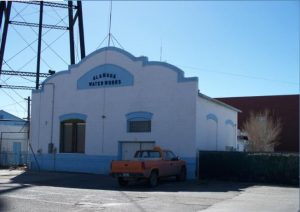It’s not a pleasant topic, but it’s certainly an important one for cities and towns to learn from. Exactly ten years ago, in March and April 2008, the city of Alamosa experienced a deadly Salmonella outbreak that caused at least 442 confirmed illnesses and, according to estimates, as many as 1,300 people – 15% of Alamosa’s population – may have gotten sick. One person died. The cause? Contaminated drinking water. “Alamosa’s drinking water comes from deep artesian wells in an aquifer considered to be a protected groundwater source. Prior to the outbreak, the city’s drinking water was not chlorinated for disinfection. A waiver from the statewide requirement for disinfection was granted to Alamosa in 1974,” according to the Colorado Department of Public Health and Environment (CDPHE). CDPHE conducted a major cleanup, investigation, and review of the incident and set forth recommendations for strategies that local water systems can use to help reduce the likelihood of waterborne disease outbreaks. These strategies, along with data and an explanation of the 2008 Alamosa event, can be found in the CDPHE’s report Waterborne Salmonella Outbreak in Alamosa, Colorado, March and April 2008: Outbreak Identification, Response, and Investigation, available online from our library.

- How to Spot the Differences Between Eagles and Hawks - August 16, 2021
- How Transportation Projects Help Tell the Story of Colorado’s Past - August 9, 2021
- Time Machine Tuesday: The Night the Castlewood Canyon Dam Gave Way - August 3, 2021